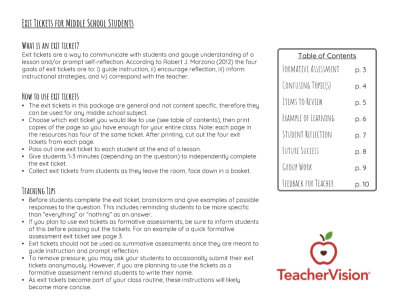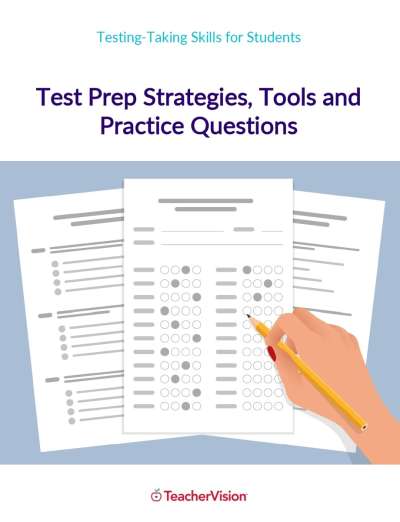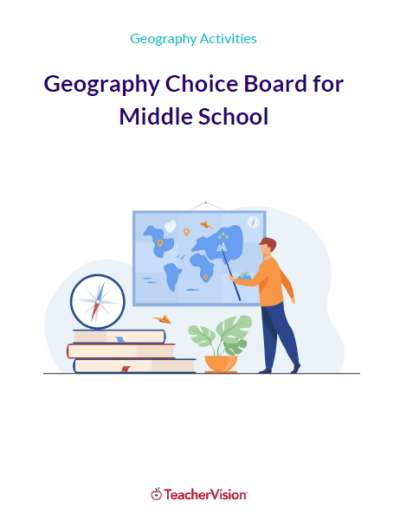In this compilation of lessons, activities, and worksheets, students learn that vocabulary words normally used to describe the human body can also be used to describe parts of inanimate objects and in metaphorical expressions. Students are also introduced to the different types of actions that people engage in.
Body Parts
Because people naturally learn about their own bodies before they learn about anything else, the human body is an exceptionally rich source of lexical extensions and metaphors. While some metaphors are based on internal organs such as the heart, many more metaphors are based on the parts of people's bodies that are clearly seen and that people feel they have control over. An attention-getter that we used in several classes was the fact that palm trees are named for their leaves' resemblance to the palms of people's hands. Students in the first class liked their palm tree so much we had to leave it there. Since we had used up our old straw placemats, in the second class we made a trunk from crumpled brown paper tied with binder twine.
Throughout this lesson, use the examples and the worksheets as conversation starters. This is such a rich area that you may want to take your students beyond what we have prepared. It will help students to get involved if you bring into the classroom several of the items that are mentioned – for example, a thimble (from thumb bell); a newspaper headline; a needle with an eye and a shoe with eyelets and a tongue; a bottle with a neck, mouth, and shoulders; a comb or a rake with teeth; a skateboard with a lip; a piece of elbow macaroni; a navel orange; and a heel of bread. Also encourage students to bring in real items as they talk about various extensions and metaphors. In three different classes, students enjoyed experimenting with a hands-on table of items named for tongues. We included a mirror so they could look at their own tongues and also the tongue of a belt, the tongue on a miniature wagon, the tongue of a shoe, two short pieces of tongue-and-groove board that could be fitted together, a bell with a tongue, a little book identified as being written in your native tongue, and a drawing of the snake that speaks parseltongue in the Harry Potter books. We set out printed word strips to reinforce the names and were pleased to see that children enjoyed matching up the word strips and the items.
Depending on the interest of the class and on how much time you have, you might want to expand this chapter and work with such additional terms as eyes, noses, arms, and hearts. If you teach older students, you could engage their help in collecting terms and metaphors related to these concepts. A dictionary will give them a good start, but they can also brainstorm with each other and with their friends and parents.
Notes to Help Teachers Elicit Ideas from Students
You might begin this lesson by talking about the following sets of phrases. Blink your eyes when you talk about a blinking traffic light and hold up your thumb when you talk about a thumbnail sketch. With students' help, circle the phrases that allude to a part of the human body. These will be the oldest words, while the newer items were given their names because of having something in common with the body part. Talk about whether the two items are similar in shape, size, or in some other way. To toe the line comes from sports where honest competitors keep their toes behind the line until after the starting gun has sounded. The recently named Jaws of Life device that emergency workers use to rescue people from wrecked cars alludes to the opening, not the closing of, jaws because the tool is used to pry open cars that have been crushed.







